The universe is a vast and mysterious place, full of wonders that challenge our understanding and ignite our imagination. From the mind-boggling concept of time dilation to the astonishing fact that there are more stars in the cosmos than grains of sand on Earth, space is teeming with phenomena that are both fascinating and bewildering. In this article, we explore 18 mind-blowing facts about space and the universe that will leave you in awe of the incredible complexities and beauties that lie beyond our planet.
The Universe is Expanding
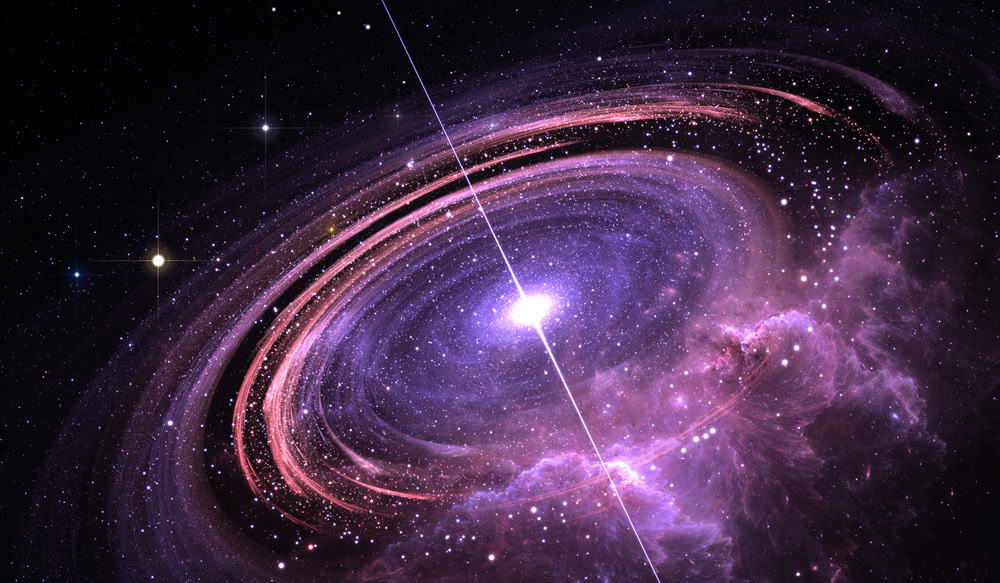
The universe has been expanding since the Big Bang occurred around 13.8 billion years ago. This expansion is accelerating, driven by a mysterious force called dark energy. The farther away a galaxy is, the faster it is moving away from us, stretching the fabric of space itself.
There Are More Stars in the Universe Than Grains of Sand on Earth
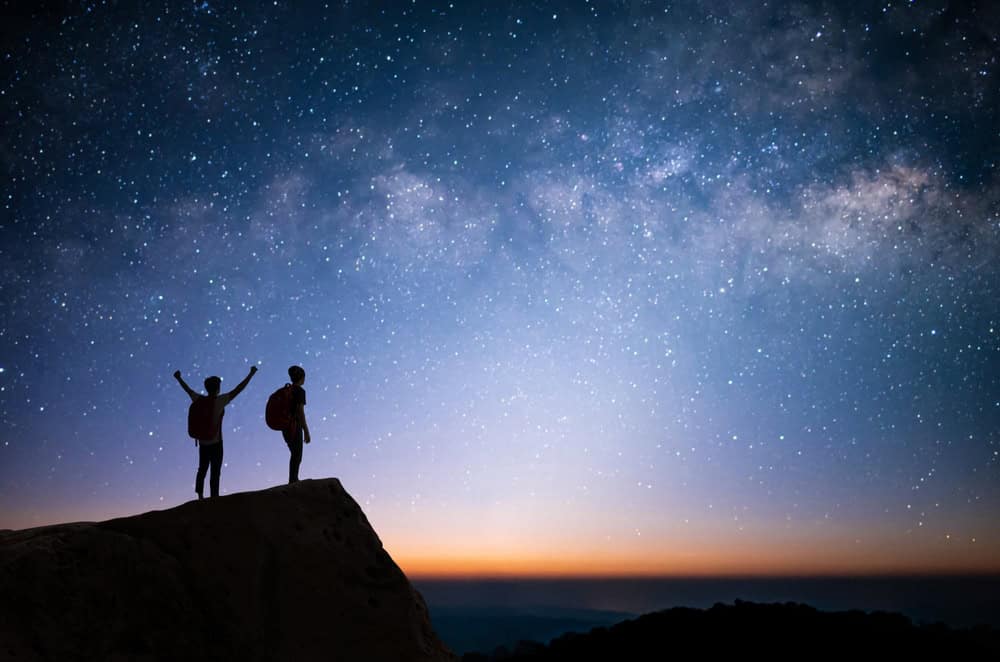
The observable universe contains an estimated 100 billion galaxies, each with billions of stars. In total, there are roughly 1 x 10^24 stars, far outnumbering the grains of sand on all the beaches and deserts of Earth combined.
Black Holes Are Not Empty Voids
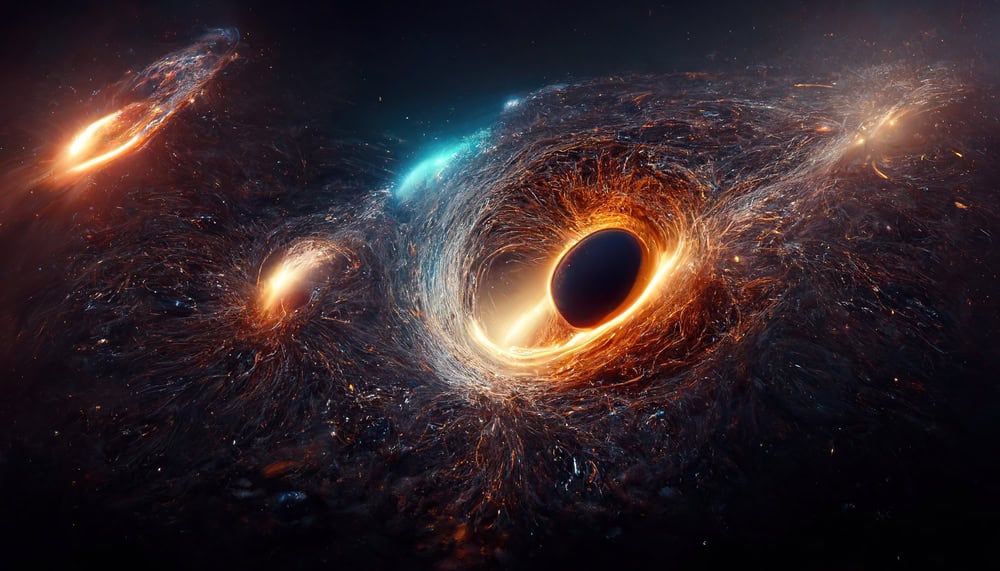
Contrary to their name, black holes are not empty; they are regions of space where gravity is so intense that not even light can escape. They form when massive stars collapse under their own gravity, creating singularities with infinite density and zero volume at their centers.
Neutron Stars Are Incredibly Dense
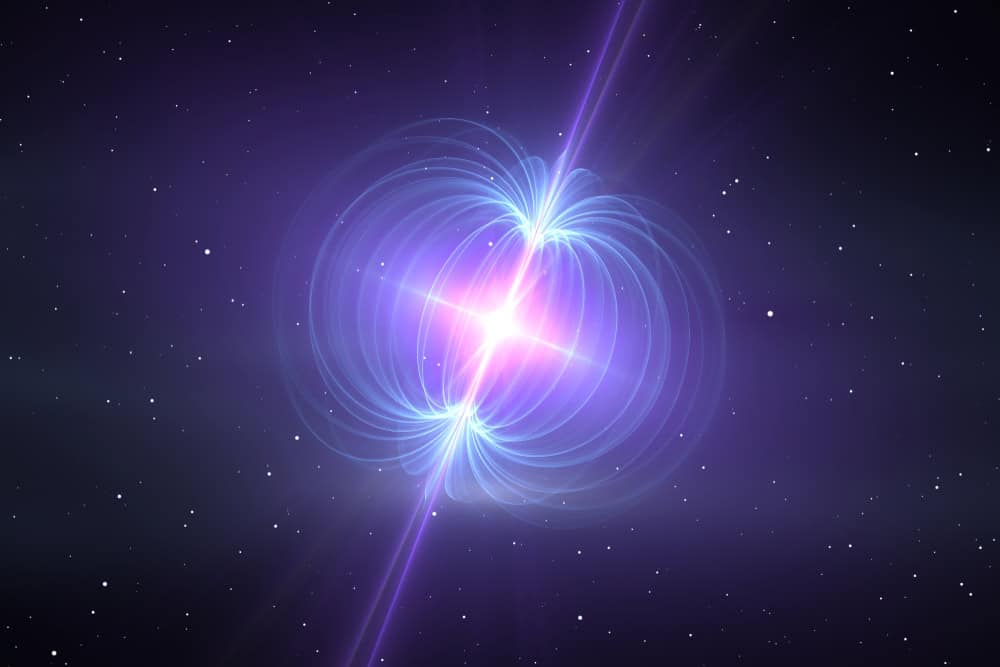
Neutron stars are the remnants of massive stars that have exploded in supernovae. They are incredibly dense, with a single teaspoon of neutron star material weighing about a billion tons on Earth. These stars spin rapidly, emitting beams of radiation detectable as pulsars.
The Sun Makes Up 99.86% of the Solar System’s Mass
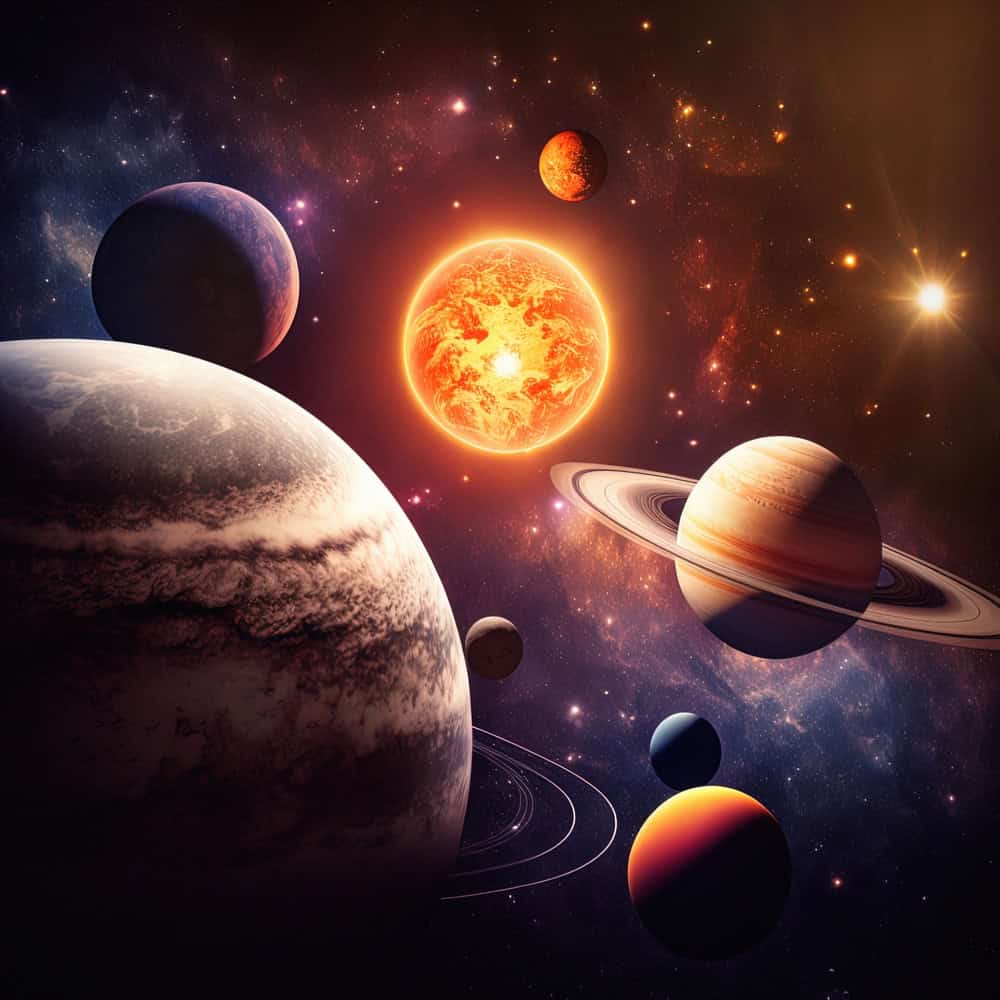
Our Sun, a medium-sized star, accounts for nearly all the mass in the solar system. It contains around 333,000 times the mass of Earth and is primarily composed of hydrogen and helium, powering itself through nuclear fusion.
A Day on Venus is Longer Than a Year on Venus
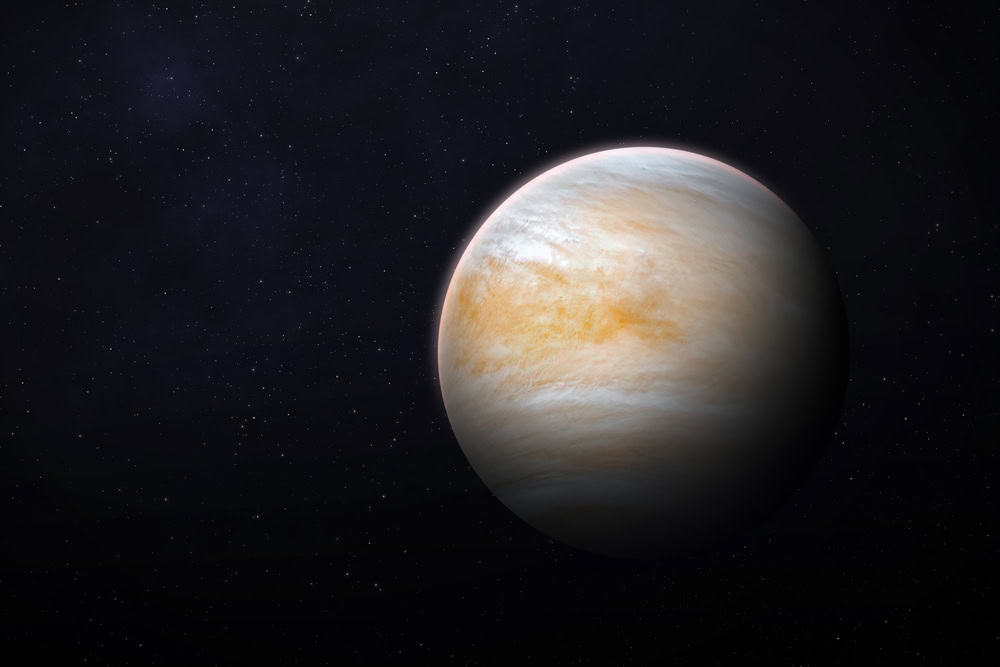
Venus has an incredibly slow rotation, taking about 243 Earth days to complete one rotation. However, it orbits the Sun in about 225 Earth days, making a day on Venus longer than a year on the planet.
There Could Be Life on Europa
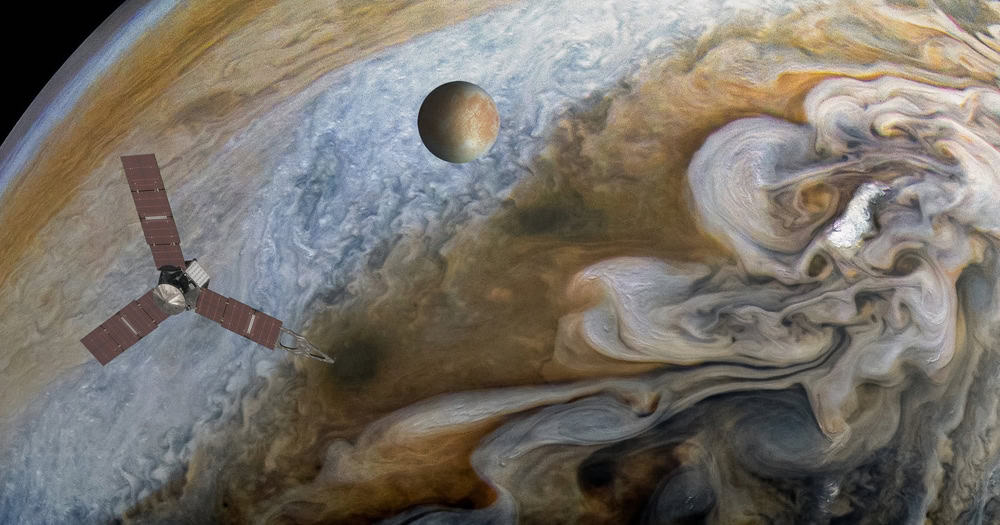
Jupiter’s moon Europa is one of the most promising places to search for extraterrestrial life within our solar system. Beneath its icy crust lies a vast ocean of liquid water, kept warm by tidal heating from Jupiter’s gravitational pull, potentially harboring life.
The Largest Volcano in the Solar System is on Mars

Olympus Mons on Mars is the largest volcano in the solar system, standing about 13.6 miles (22 kilometers) high, nearly three times the height of Mount Everest. Its base is roughly the size of the state of Arizona.
Space is Completely Silent

In the vacuum of space, there is no air or other medium to carry sound waves. This means that space is completely silent. Astronauts use radios to communicate with each other and with mission control while outside a spacecraft.
Saturn’s Rings Are Younger Than the Dinosaurs
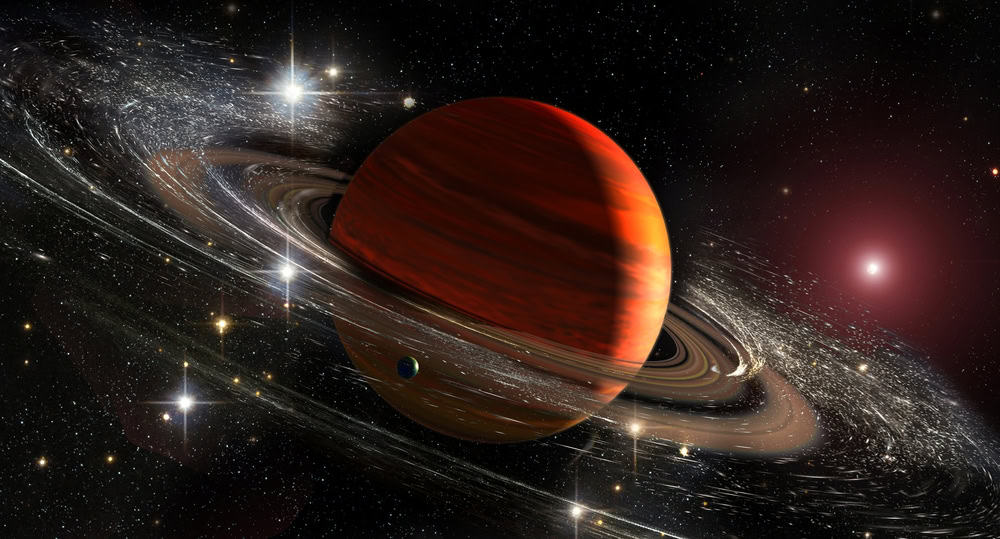
Saturn’s iconic rings are relatively young, estimated to be only about 100 million years old, compared to the dinosaurs, which lived around 65 million years ago. The rings are composed of ice and rock particles that could be remnants of comets, asteroids, or shattered moons.
There Are Planets Made of Diamond
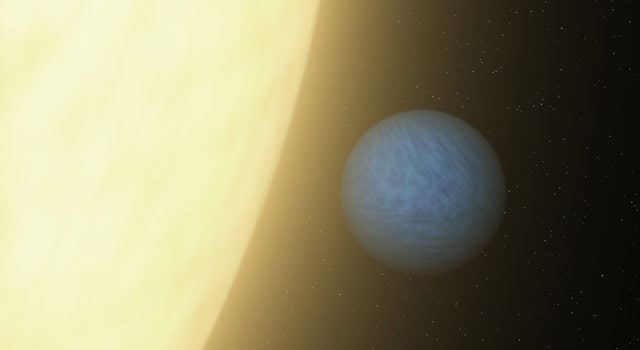
Some exoplanets, such as 55 Cancri e, are believed to be composed largely of carbon. Given the extreme pressures and temperatures, these planets could have diamond-rich interiors, making them literal gems in the cosmos.
There Are More Trees on Earth Than Stars in the Milky Way

Earth has approximately 3 trillion trees, outnumbering the estimated 100-400 billion stars in the Milky Way galaxy. This comparison highlights the immense scale and diversity of life on our planet.
A Day on Mercury Lasts 176 Earth Days
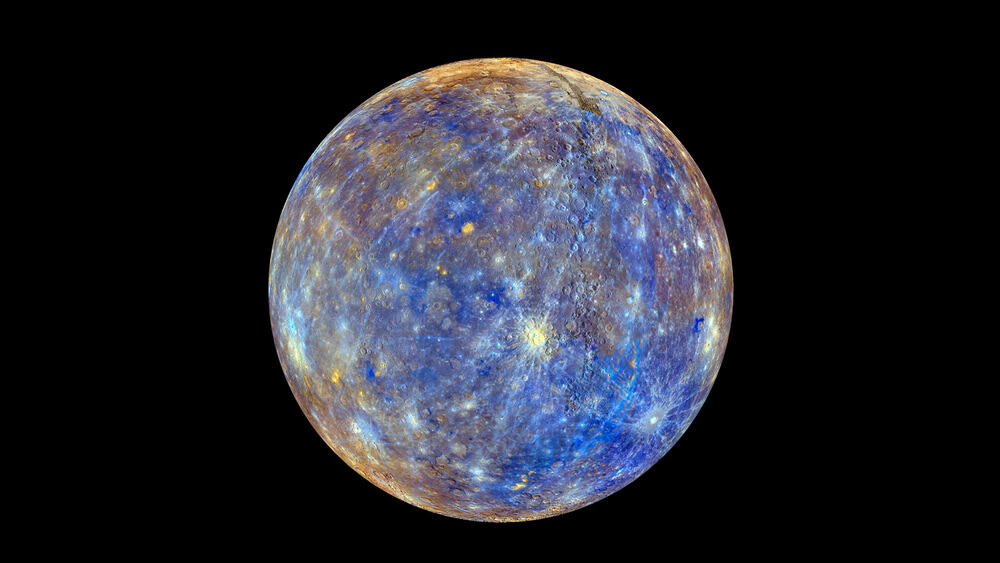
Mercury, the closest planet to the Sun, has a slow rotation relative to its orbit. It takes 59 Earth days to complete one rotation, but due to its orbital period and rotational speed, one day-night cycle on Mercury lasts 176 Earth days.
The Coldest Place in the Universe is a Boomerang Nebula
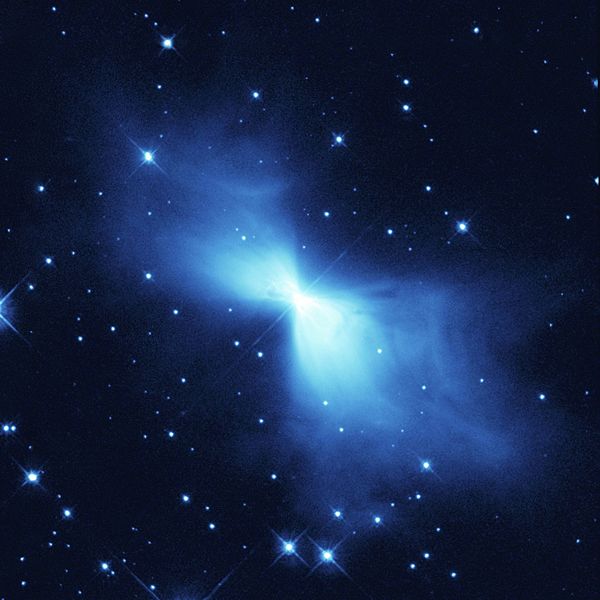
The Boomerang Nebula, located 5,000 light-years away in the constellation Centaurus, holds the record for the coldest place in the universe, with temperatures around -458 degrees Fahrenheit (-272 degrees Celsius), just one degree above absolute zero.
The Andromeda Galaxy is on a Collision Course with the Milky Way
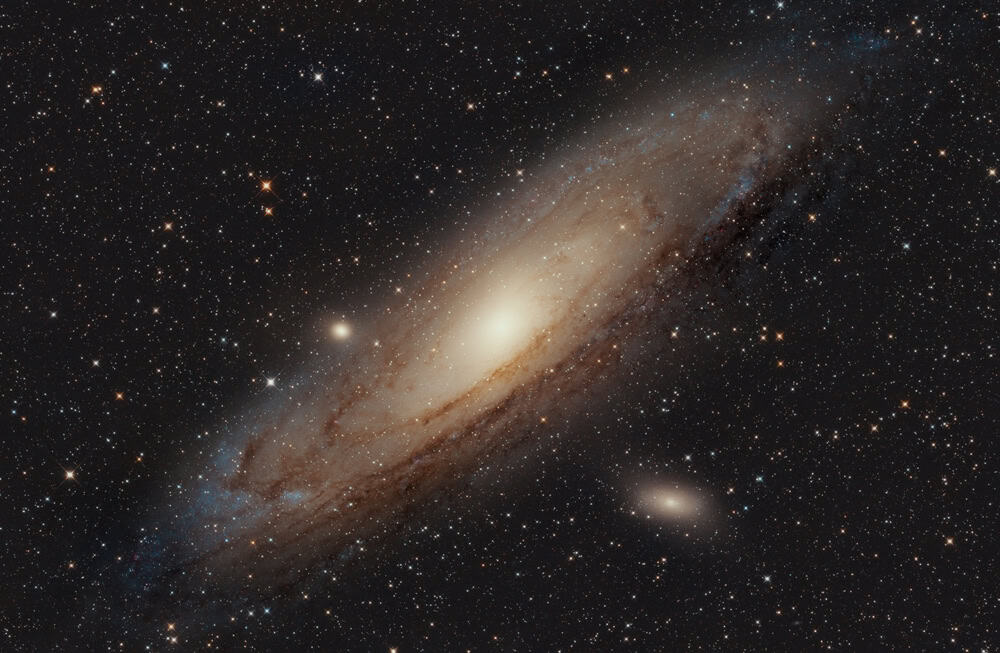
The Andromeda Galaxy, the closest spiral galaxy to the Milky Way, is moving toward us at about 110 kilometers per second. In approximately 4 billion years, the two galaxies will collide and merge, forming a new galaxy sometimes called “Milkomeda.”
Time Dilation Makes Astronauts Age Slower
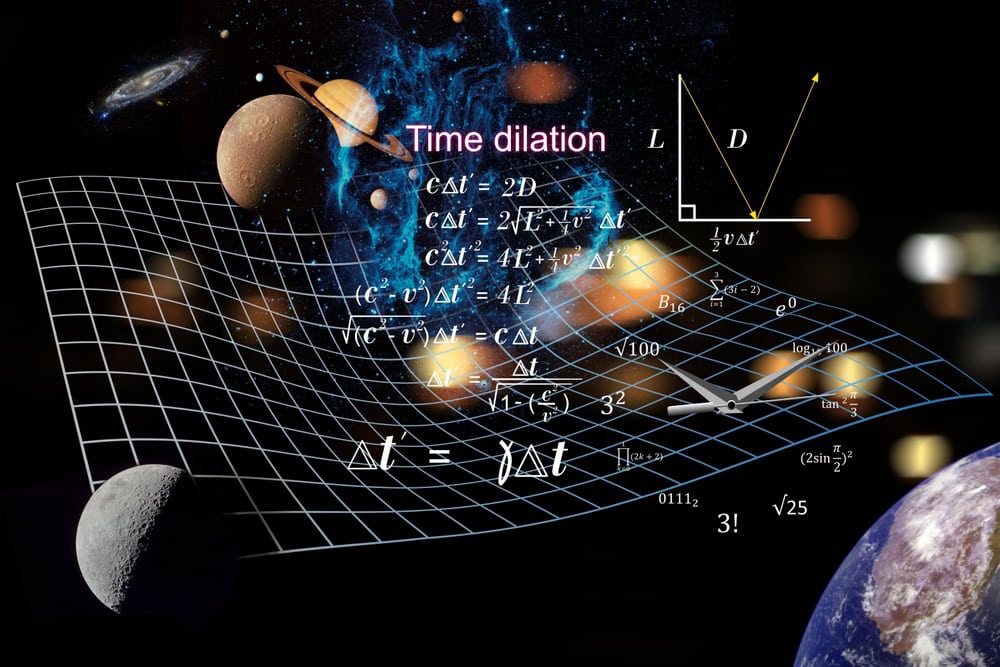
According to Einstein’s theory of relativity, time runs slower in stronger gravitational fields and at higher speeds. Astronauts on the International Space Station experience slight time dilation, aging a few milliseconds slower than people on Earth.
The Most Distant Known Object is a Galaxy Called GN-z11
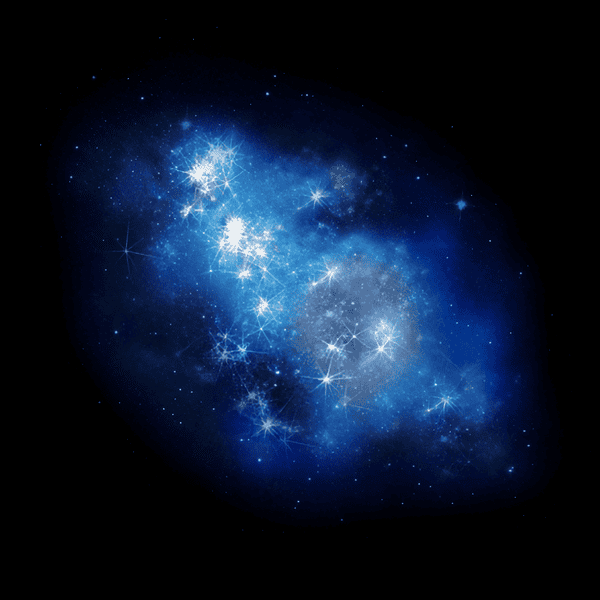
GN-z11 is the most distant known galaxy, located about 13.4 billion light-years away. Observing it allows astronomers to look back in time to when the universe was only 400 million years old, providing insights into the early stages of galaxy formation.
Dark Matter and Dark Energy Comprise 95% of the Universe
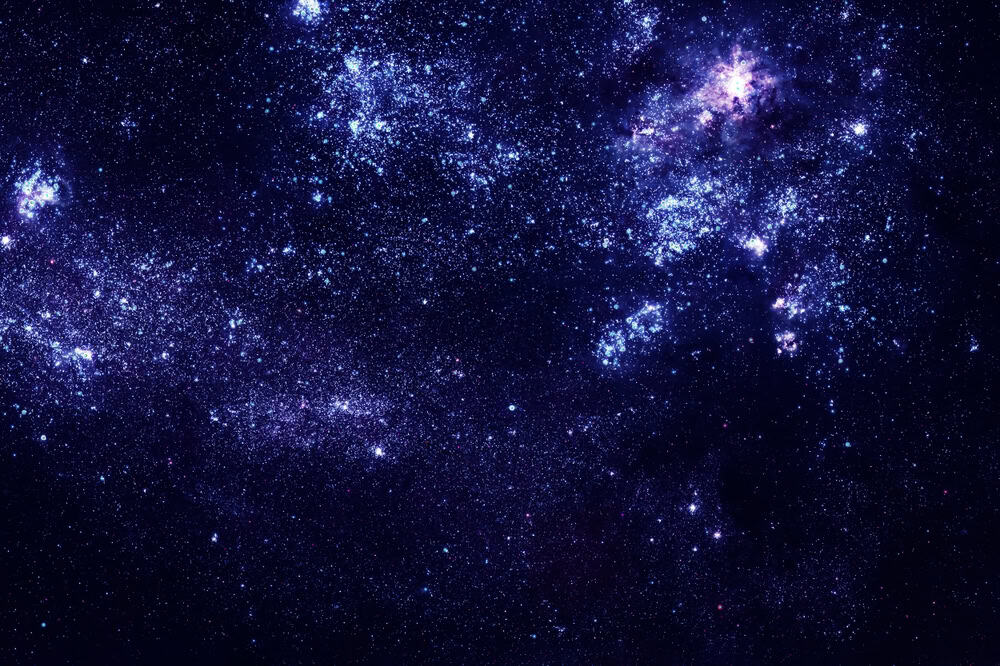
Only about 5% of the universe is made up of ordinary matter, like stars, planets, and galaxies. The rest consists of dark matter and dark energy, mysterious substances that do not emit, absorb, or reflect light, yet exert gravitational forces and drive the expansion of the universe.
This article originally appeared on Rarest.org.
More From Rarest.Org
The NFL is home to some of the most valuable sports franchises in the world. Each team’s worth is influenced by factors such as market size, team performance, brand strength, and investments in facilities. Read more.
Ducks are familiar sights in many parts of the world, often seen gliding elegantly on ponds and lakes. However, some species are far from common and teeter on the brink of extinction. Read more.
California, renowned for its stunning landscapes and booming industries, is also home to some of the most expensive cities in the United States. From the tech-driven economies of Silicon Valley to the glamorous streets of Los Angeles, the cost of living in these cities reflects their desirability and the high-quality lifestyle they offer. Read more.



